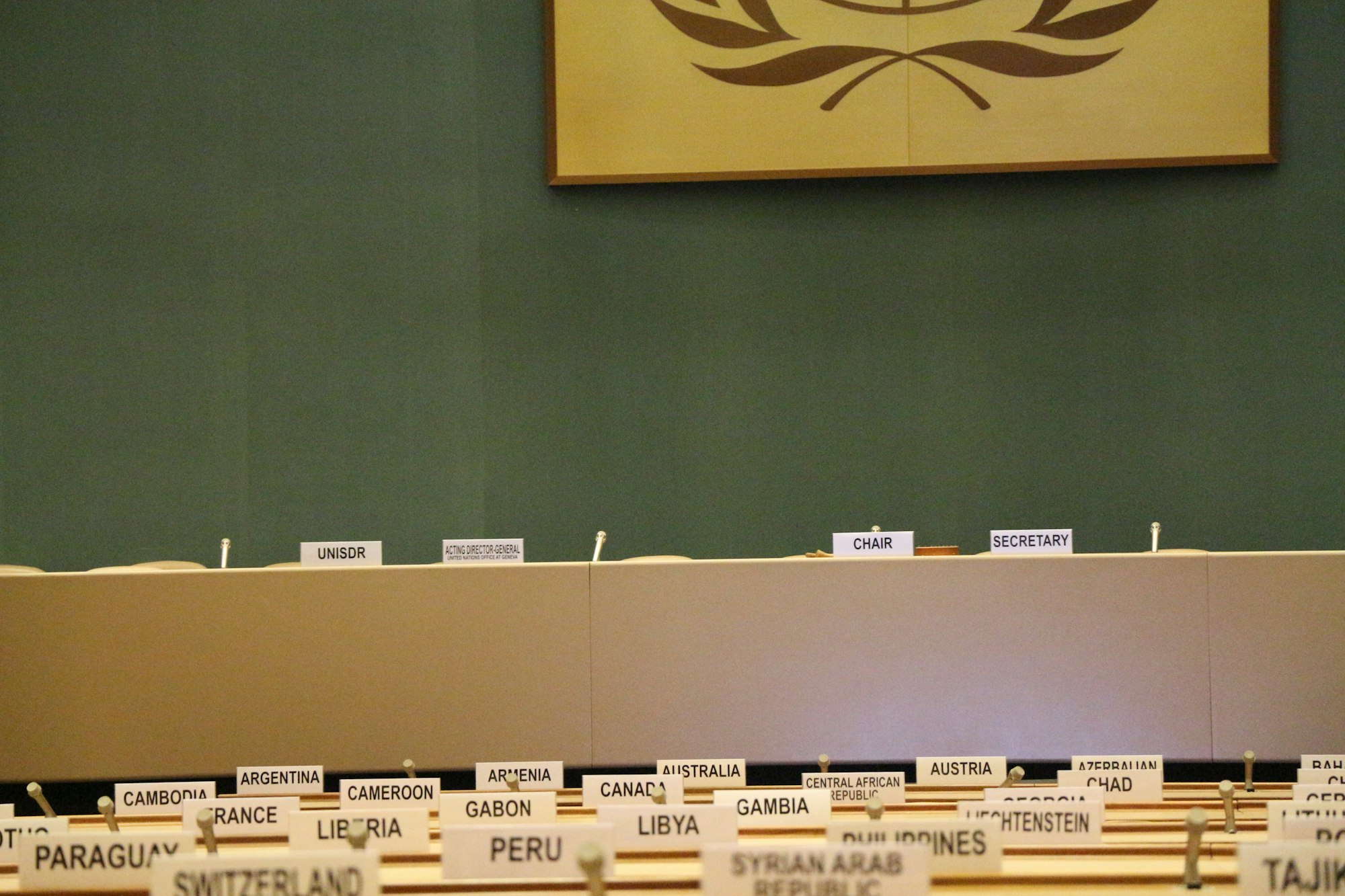
Abatement: What’s In a Word?
The problem isn’t that we need to “abate” our reliance on fossil fuels; rather, we need to end it altogether.
The problem isn’t that we need to “abate” our reliance on fossil fuels; rather, we need to end it altogether.
Outline
In the context of carbon emissions, the word “abatement” sounds great, at least to the uninitiated. Globally, we emit billions of tons of heat-trapping gases into the atmosphere each year, so in the interest of forestalling climate change, why WOULDN’T we want to abate some of that?
A Closer Look at CCUS and Carbon Removal Technologies
This idea appears in an agreement that just came out of the year’s biggest international climate conference, COP 28, which wrapped up last week in Dubai. As we discussed in our last installment of Climate Switch, the results were a mixed bag—vaguely hopeful mouth sounds, but less-than-inspiring particulars. Let’s zoom in on this one.
That agreement calls on nations to accelerate “abatement and removal technologies such as carbon capture and utilization and storage,” or CCUS.
Here, let’s clarify, since CCUS (or just CCS) sometimes gets mixed up with carbon removal technologies like DAC (direct air capture). CCUS is a point-of-source approach meant to keep some emissions from a given site from escaping out into the atmosphere. By contrast, DAC attempts to pull carbon back out of the atmosphere at large. (Working to avoid those emissions altogether via, say, clean energy, is a separate category—mitigation.)
CCUS Critique: Overhyped Solution or Practical Approach?
The critique of CCUS is that it can’t live up to the hype, and worse, that holding out hope for it to make a meaningful dent in our emissions woes lends convenient cover for fossil interests that would prefer to keep getting rich off the status quo. Here’s how climate researcher and communications consultant Ketan Joshi recently put it:
“It is an incantation: a combination of keywords that soothes the dissonance of policymakers, investors, corporates and technocrats. It is an empty promise loosely stapled to planned or existing fossil fuel projects, to ease their approval or delay their demise.”
We’re obliged to note here that CCS isn’t entirely a hallucination: A handful of successful CCS projects do exist, but to succeed, they need concentrated CO2 flows of 80 percent or more, whereas “the first place we really, really need CCS to work is 20% CO2 concentration cement and lime kilns,” writes researcher Chris Bataille.
With this in mind, while the agreement from COP 28 might at first sound prudent in its call to accelerate “towards the phase-down of unabated coal power,” suggesting coal plants don’t have to be phased OUT altogether, so long as they’re “abated,” we know better. The problem isn’t that we need to “abate” our reliance on fossil fuels; rather, we need to end it altogether.
If you want to learn more about the global effort to address climate change and get a deep dive into the full landscape, check out Terra.do's Climate Change: Change Learning for Action bootcamp.
Written by Daniel Potter
More like this
So You're Ready to Step Up on Climate Action. Now What?
Folks ready to learn and do more about climate change have an array of options to get started. What are their respective pros and cons, and how does Terra.do stack up?
Our Next Cohort's Nickname Is the Manatees. Here's Why That's Special.
We've named each graduating class after animals at risk in our warming world, and we've just finished our first full lap through the alphabet.
Couldn’t We All Use More Storage?
Where are we going to put all that clean power from variable renewables like solar and wind? The world of batteries is already ramping up.

 Background
Background


